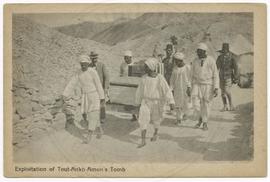Thebes, Ramesseum, upper part of Ramesses II offering
- Lloyd MSS 080
- Unidad documental simple
- 26 August 1843
Parte deGeorge Lloyd Album
Thebes, upper part of Ramesses II offering, detail of an unidentified scene, perhaps from one of the Osiride pillars in the Second Court or a column in the Hypostyle in the Ramesseum:
- pencil drawing
- mounted
- 25 x 35 cm
- [on recto of drawing] 'Ramases the great. / <<cartouches of Ramesses II>> / Memnonium. / 26th Aug. 1843.' (pencil)
- [on mount] '24' (pencil note)


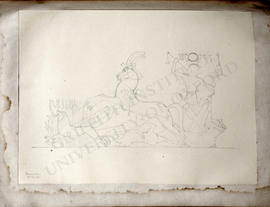


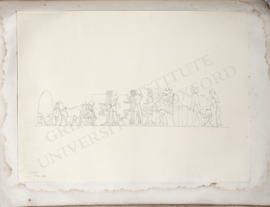
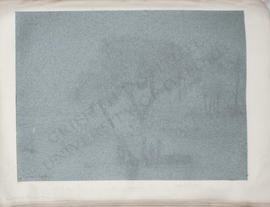
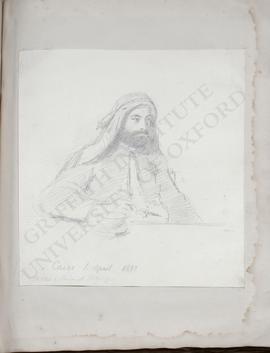
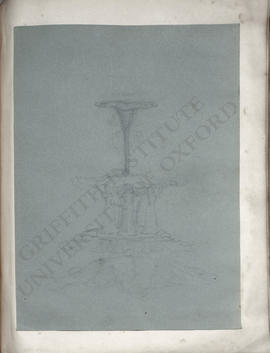
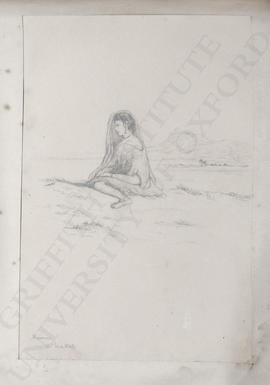
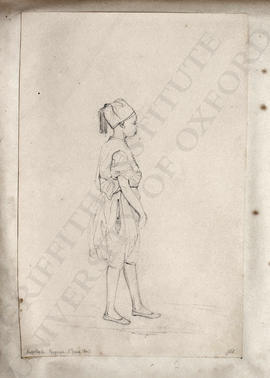
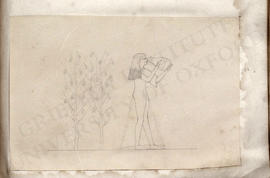
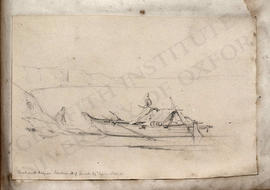
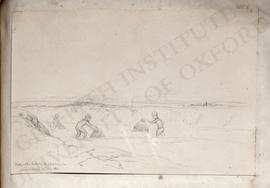
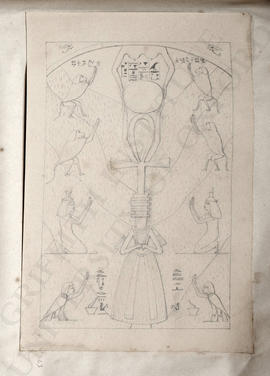

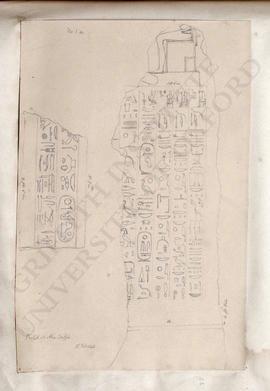
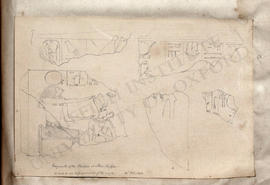



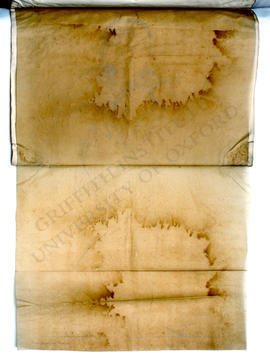

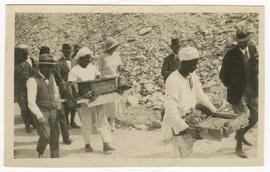

![Transporting Tutankhamun's "mannequin" [2]](/uploads/r/null/8/2/5/825a3eeafc9c1e4a5f477f9c720942de50142fe3a69b90777a088ba6f36dbcd8/TAA_ii_6_81bwm_142.jpg)
